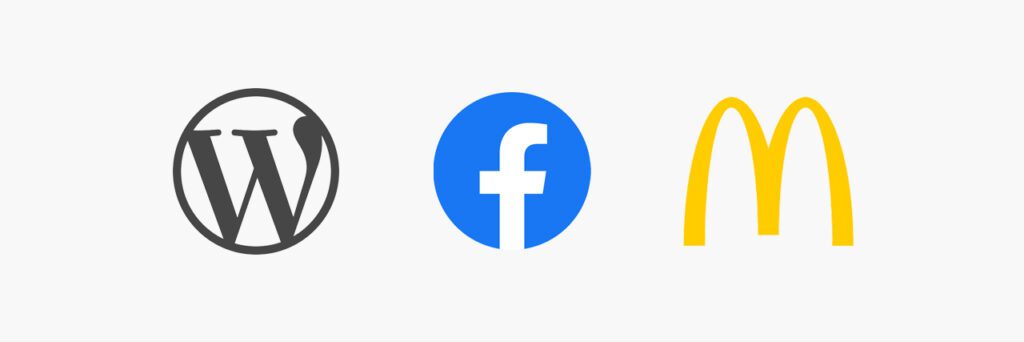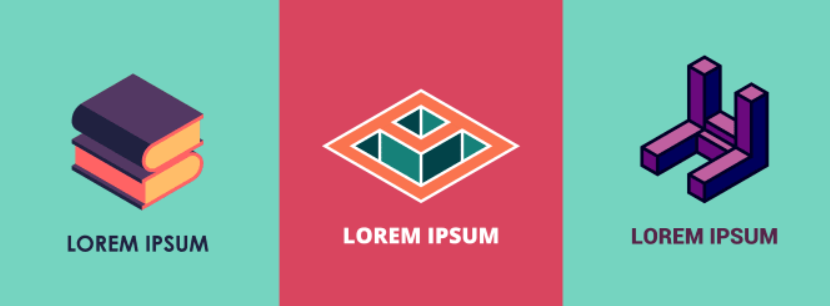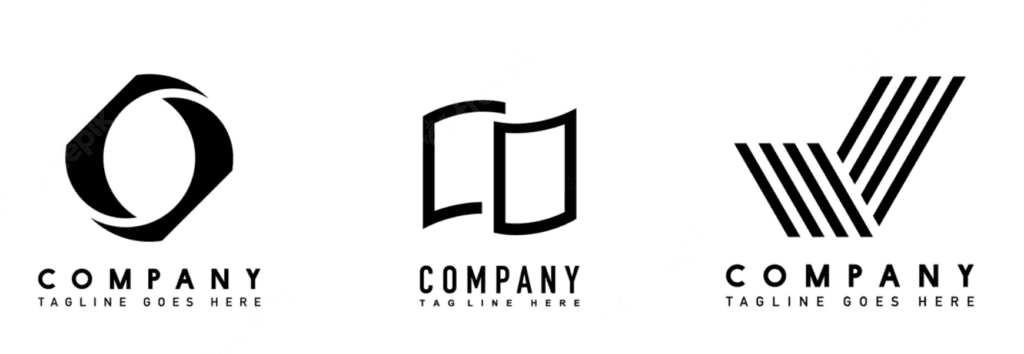Your logo is one of the first things potential customers will notice about your business. So, it’s important to make sure it’s not only eye-catching but also representative of what your company is all about. Not sure where to start? Consider the following points.
4 Essentials for a Great Logo
There are four essential elements that every good logo should have: simplicity, scalability, relevance, and memorability. Let’s take a closer look at each one.
Simplicity
A good logo should be easy to look at and easy to understand. That means keeping things clean and uncluttered. Too many colors or too much detail will hinder recognition. And when it comes to fonts, less is almost always more. Stick to one or two simple fonts that are easy to read briefly.
Scalability
A good logo should look just as good on a business card as it does on a billboard. That means avoiding fine details and small text that can get lost when scaled down. Instead, focus on creating shapes, patterns, and icons that can be easily reproduced regardless of size.
Relevance
A good logo should be representative of what your company is all about. That means using colors, shapes, and icons that convey the right message about your brand.
Memorability
A good logo should be memorable and recognizable. That means choosing an image that is unique and attention-grabbing without being too abstract or confusing.
Styles of Logos
Now that we’ve covered the basics of what makes a good logo, let’s look at some different styles you might want to consider for your own design.
Minimalist
As the name suggests, minimalist logos tend to be very simplistic in design—focusing on clean lines, basic shapes, and simple colors. They’re often used by businesses in industries like tech, fashion, and design where minimalism is already part of the aesthetic. If you want to go the minimalist route with your logo, keep things clean, fresh, and modern. Try using geometric shapes or a simple color palette for maximum impact.
Vector
Are created using mathematical equations rather than pixels, which means they can be easily scaled up or down without losing any quality. This comes in handy if you ever need to use your logo on something other than digital platforms like websites or email signatures. Vector logos tend to be more complex than minimalist ones, so they work best for businesses in industries like construction, engineering, or manufacturing where their target audience will understand and appreciate the level of detail.
Hand-drawn
As the name suggests, hand-drawn logos are exactly what they sound like: sketches or illustrations done by hand rather than on a computer. This type of logo can be ideal for businesses in creative industries like art, fashion, or food & beverage where having a more personal touch can set you apart from the competition. If you go the hand-drawn route, make sure your illustration is still legible and scalable so you can use it across all your marketing materials.
Animated
Animated logos are an increasingly popular option for businesses in all industries —not just tech companies. Their moving images can add an extra layer of dimensionality and personality to your brand identity. However, it’s important to note that animated logos don’t always work well across all platforms —like social media sites or email signatures —so make sure you test them out before committing.
Symbols To Create a Logo
The logo may include elements and symbols with a unique purpose, these can be:
- Initials are used to create a logo that can easily be recognized by customers and utilized even when other logo components are not present.
- Mascots are often used as playful representations of business goals or values.
- Emblems/Badges typically communicate prestige.

- Pictorial marks and letterforms both represent businesses in a more discreet style.

- Isometric shapes aim at being eye-catching to draw attention.

Creating an effective logo requires careful consideration of all its components. That said, there’s no one-size-fits-all approach when it comes to choosing a logotype and design elements; ultimately it comes down to understanding what sort of message you want to send out about your business and tailoring everything accordingly.










